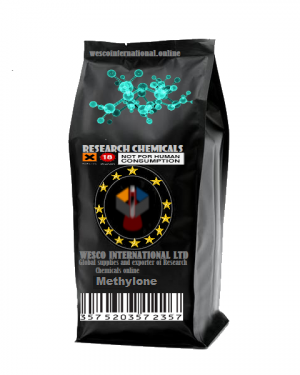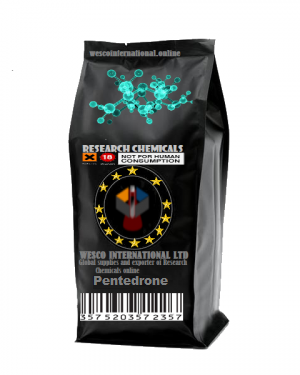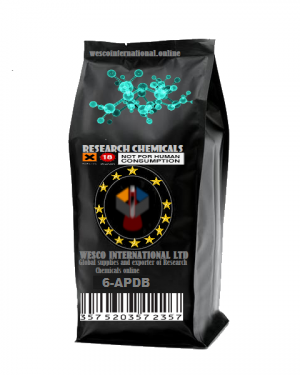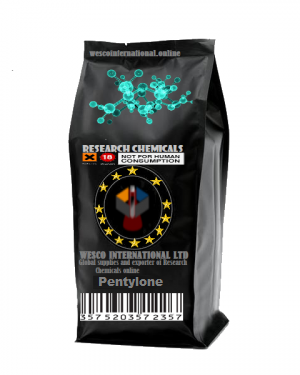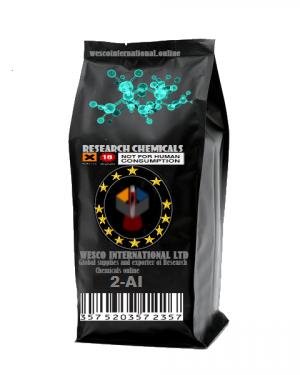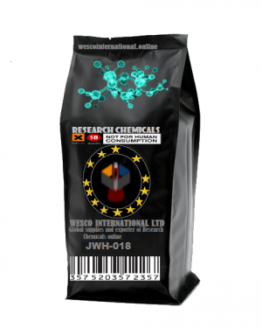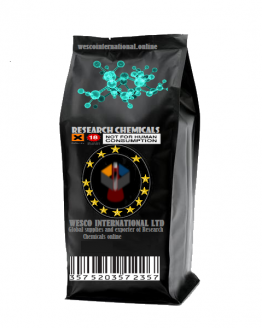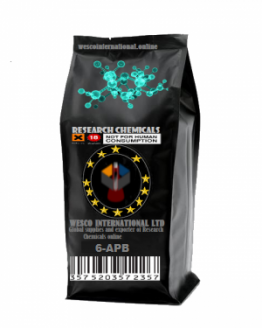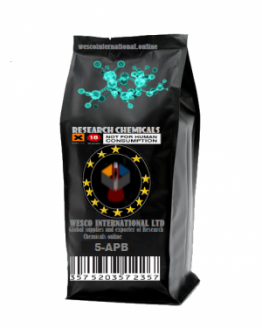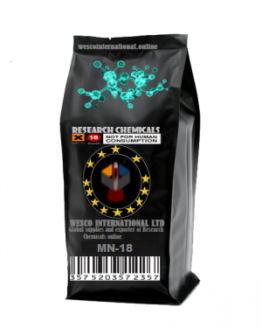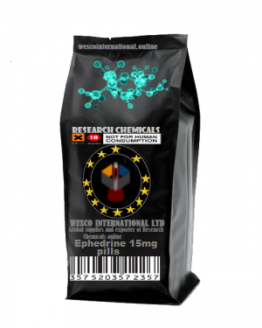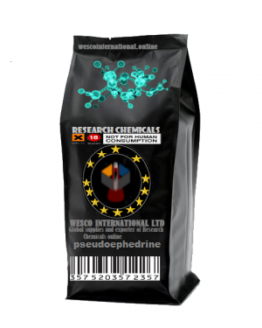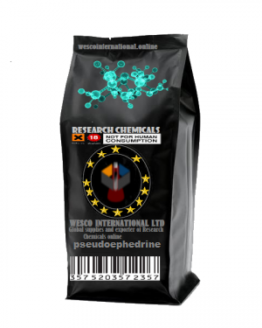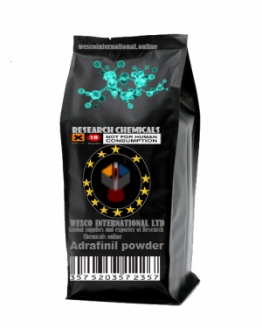Description
Methylone
Methylone (also known as “3,4-methylenedioxy-N-methylcathinone”, “MDMC”, “βk-MDMA” and by the slang term “M1”) is an empathogen and stimulant psychoactive drug.
It is a member of the substituted amphetamine, substituted cathinone and substituted methylenedioxyphenethylamine classes.
3,4-methylenedioxy-N-methylcathinone is the substituted cathinone analog of MDMA and the 3,4-methylenedioxy analog of methcathinone.
The only structural difference of methylone with respect to MDMA is the substitution of 2 hydrogen atoms by 1 oxygen atom in the β position of the phenethylamine core, forming a ketone group.
Methylone was first synthesized by the chemists Peyton Jacob III and Alexander Shulgin in 1996 for potential use as an antidepressant.
Methylone has been sold for recreational use, taking advantage of the absence of legal prohibition of this compound in many countries
Methylone substitutes for MDMA in rats trained to discriminate MDMA from saline.
Methylone does not substitute for amphetamine or for the hallucinogenic DOM in animals trained to discriminate between these drugs and saline.
Further, also in common with MDMA, methylone acts on monoaminergic systems.
In vitro, methylone has one third the potency of MDMA at inhibiting platelet serotonin accumulation and about the same in its inhibiting effects on the dopamine and noradrenaline transporters.
This product acts as a mixed reuptake inhibitor/releasing agent of serotonin, norepinephrine, and dopamine.
In comparison to MDMA, it has approximately 3x lower affinity for the serotonin transporter, while its affinity for the norepinephrine and dopamine transporters is similar.
Notably, methylone’s affinity for the vesicular monoamine transporter 2 (VMAT2) is about 13x lower than that of MDMA.
The results of these differences in pharmacology relative to MDMA is that it has less potent in terms of dose, has more balanced catecholaminergic effects relative to serotonergic, and behaves more like a reuptake inhibitor like methylphenidate than a releaser like amphetamine; however, this product has relatively robust releasing capabilities,perhaps due to its ability to phosphorylate the monoamine transporters being similar in potency relative to MDMA.[citation needed]
Pharmacokinetics
The two major metabolic pathways in mammals for this product are N-demethylation to methylenedioxycathinone (MDC), and demethylation followed by O-methylation of the 3- or 4-hydroxy group to 4-hydroxy-3-methoxymethcathinone (HMMC) or 3-hydroxy-4-methoxymethcathinone (3-OH-4-MeO-MC). When 5 mg/kg of 3,4-methylenedioxy-N-methylcathinone was administered to rats, it was found that around 26% was excreted as HMMC within the first 48 hours (less than 3% excreted unchanged
